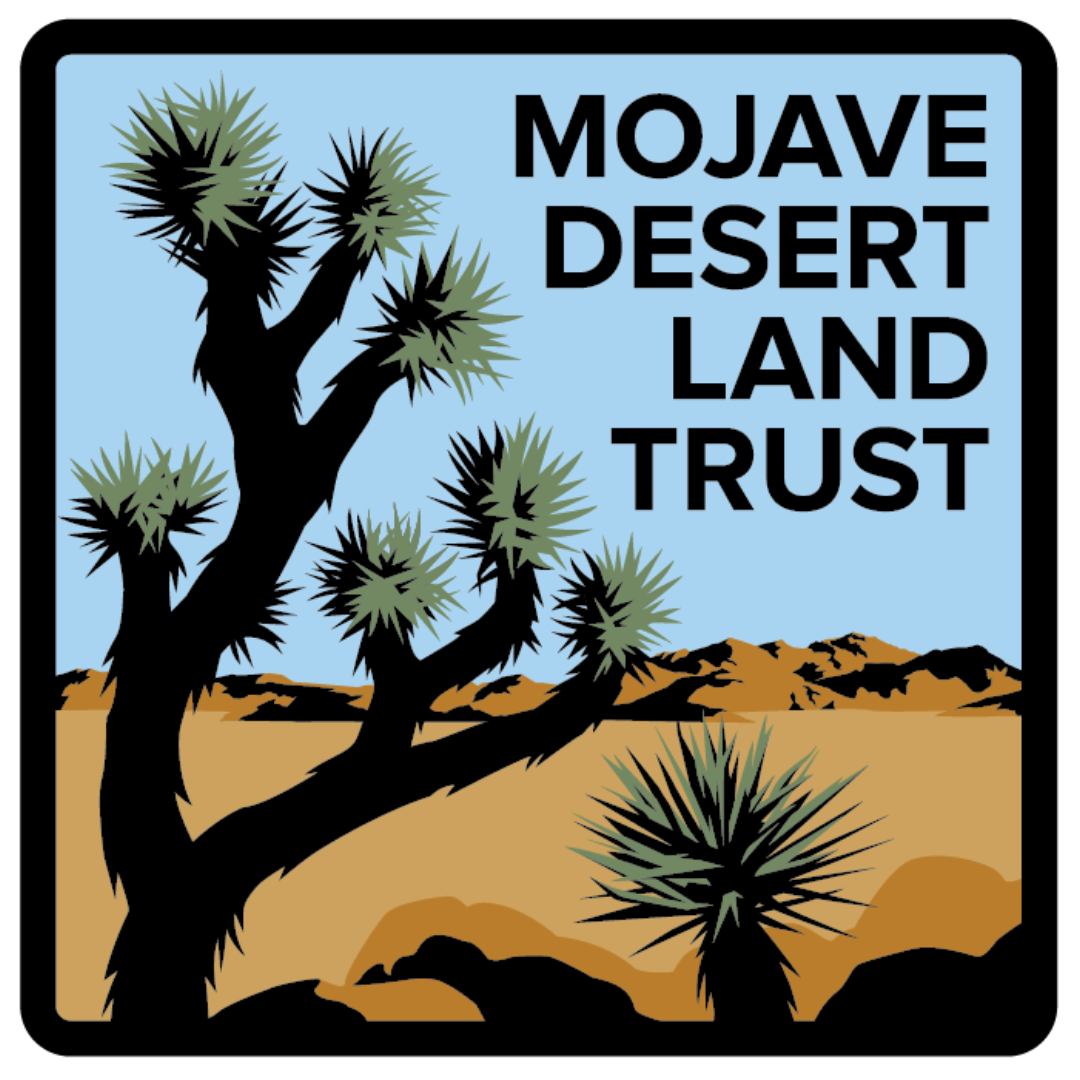Mojave Desert Land Trust responds to executive order on protecting American energy
The Protecting American Energy from State Overreach executive order issued by President Trump on April 8, 2025 challenges the jurisdiction of states to regulate greenhouse gases, emissions, and energy production, and to implement policies to combat the climate crisis. The order directs the U.S. Attorney General and Department of Justice (DOJ) to conduct a 60-day review of all state laws and policies that regulate energy production and determine their compatibility with the administration’s energy priorities. It further directs the DOJ to propose actions that would stop the enforcement of these laws.
State laws such as electrification of the power grid and transportation, cap and trade on industry, and the conservation of large landscapes are all potential targets for this review. The state’s ability to regulate and approve the placement of energy projects will be examined.
Statement by Kelly Herbinson, Executive Director, Mojave Desert Land Trust:
“The Mojave Desert Land Trust is deeply concerned by this executive order. California is a leader in climate policy and has made significant progress in striking a thoughtful balance between renewable energy development and landscape conservation to build a sustainable future for our communities.”
“We support the state’s ability to regulate and approve the placement of energy projects. This executive order would have implications for the California desert, which makes up a quarter of the state. Over 10.5 million acres of public lands in the desert are governed by the progressive Desert Renewable Energy Conservation Plan which balances renewable energy development, conservation, and recreation. This land use plan was the result of a decade-long collaborative effort among 50 stakeholder groups at the federal, state, and local levels. Through this innovative process, the ideal locations for renewable energy projects were mapped out as development focus areas where they would have the least impact on the environment. This executive order could upend the state’s ability to maintain a balanced approach to development and conservation.”
“The climate disruption we are experiencing today illustrates the need for more federal and state support for conservation, not less. The California desert is part of the largest relatively intact ecosystem outside of Alaska. Our communities rely on healthy surrounding ecosystems that provide clean air, regulate climate, support physical and mental health through recreation opportunities, and enhance economics in our rural areas. But the changing climate is already impacting these ecosystems through rising temperatures, drought, variable precipitation, and wildfire. In Joshua Tree National Park, for example, annual precipitation dropped by 39% and the average temperature increased by 3℉ (2℃) from 1895 to 2016. Many plants and animals living in arid lands are already struggling to adapt to desert extremes. The health of species like birds, Joshua trees and desert tortoises indicate how well the ecosystem is supporting our communities. Bird populations have declined by 40%, and desert tortoise populations have crashed by more than 90%.”
“We oppose this 60-day review and urge congressional representatives to ensure this process is not carried out behind closed doors.”
Background
Thanks to California’s adoption of effective environmental regulations and climate policies and supplemented by the federal Clean Air Act, the state has seen a 43% reduction in carbon dioxide emissions, one of the largest in the country. States like California have led the charge in delivering timely solutions to the climate crisis when the federal government has been unwilling or unable. California has proven that these policies are not only good for our health but are also compatible with the growth of business. California’s 20% reduction in overall greenhouse gas emissions between 2020 and 2022 occurred alongside a 78% increase in the state’s GDP.
